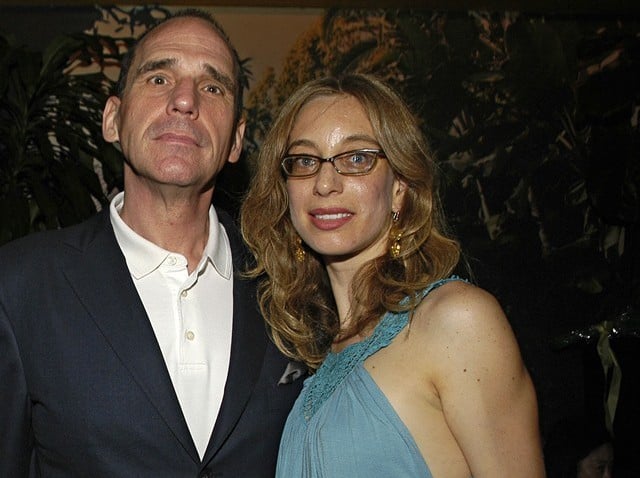
Photo Patrick McMullan.
Lance Kinz, who ran a gallery in Chelsea and more recently worked out of a brownstone in Clinton Hill, died on Monday, August 3, at age 64. No cause of death has been announced.
“It’s a terrible loss for us personally and for the art world,” his former colleague Frances Beatty, president at New York’s Richard L. Feigen Gallery, told artnet News by phone.
“I thought he was one of the most enlightened members of the vanguard community,” Feigen told artnet News by phone. “He showed courage and foresight. I had not only affection for Lance but also tremendous respect.”
Most recently, Kinz was co-owner of Kinz + Tillou Fine Art, in Brooklyn, with partner Michelle Tillou, who confirmed his death.
“He had a discerning eye and a generous spirit,” Tillou told artnet News by email. “He was a unique combination of shy, gregarious and affable. I never met anyone who would just take out time to help people the way he did. He was a man of great dignity.”
“Lance was a great advocate for the arts, full of energy and ideas,” artist James Rosenquist writes in an email to artnet News. “We’ll miss him.”
The gallery exhibited at art fairs including Art Basel, Art Chicago, the Armory Show, and the Outsider Art Fair.
Michelle Tillou and Lance Kinz.
Photo courtesy Michelle Tillou.
Kinz started out in Ohio as an arts educator and an arts administrator, directing a gallery at the University of Cincinnati. He went on to be a program director at the Ohio Art Council, coordinating an artist fellowship program and the council’s gallery. He then ran Belmont Gallery, in Columbus, before moving to Chicago, where he worked as director of the Dart Gallery and of Rhona Hoffman Gallery.
Beginning in 1989, Kinz worked with dealer Richard Feigen in Chicago. Talking to artnet News today, Feigen and Beatty recalled that a 1995 exhibition by artist Gregory Green resulted in Kinz’s arrest because a checklist included lysergic acid as one of the materials in an artwork. The police believed that the huge glass jar with clear liquid held LSD, which it did not. During his time there, Feigen Contemporary showed artists including Jeremy Blake, John Coplans, Thomas Nozkowski, Robert Rauschenberg, James Rosenquist, Tony Tasset, and Robert Wilson.
The gallery moved to New York’s Chelsea neighborhood in 1997, early in the migration of galleries to the area, setting up shop as Feigen Contemporary. The gallery was renamed Kinz, Tillou + Feigen when Michelle Tillou joined as a partner in 2007. Two years later, Kinz and Tillou split from Feigen to start their own gallery.
“I thought he was one of the most enlightened members of the vanguard community,” Feigen told artnet News by phone. “He showed courage and foresight. I had not only affection for Lance but also tremendous respect.”
“Lance was incredibly generous with his knowledge,” Beatty said. “[He] saw very early that Chelsea was an up-and-coming area. He and Susan Reynolds…championed the artists and put them first and making the deal second. As art has morphed into a heavily monetized commodity, the kind of dealer he was has become more and more rare. He was a great friend and a treasured colleague.”
Jonathan Binstock, director of Memorial Art Gallery at the University of Rochester, writes in an email to artnet News, “Lance was a rare dealer; pure of heart, of the best intentions, and totally dedicated to his artists and their art. I will miss him tremendously.”